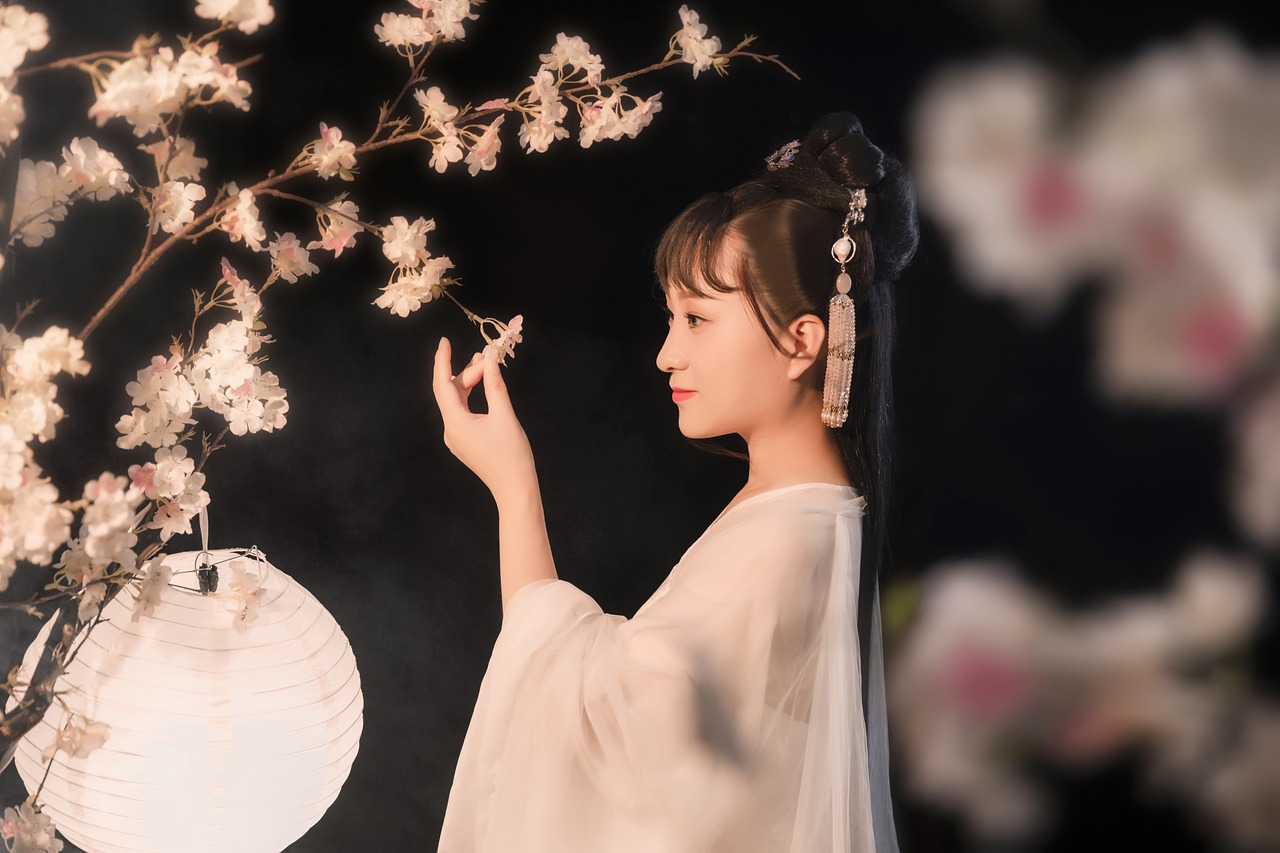Massage in China is deeply rooted in the rich tapestry of Traditional Chinese Medicine (TCM). This ancient practice has evolved over centuries, offering a holistic approach to health and well-being.
In this fourth installment of our “History of Massage” series, we’ll explore the foundational aspects of Traditional Chinese Medicine. We’ll also consider the historical development of massage in China and its global influence today.
Keep reading below!
A Brief Overview of Traditional Chinese Medicine
Traditional Chinese Medicine (TCM) is a comprehensive medical system that has been practiced for thousands of years. It encompasses a variety of practices, including acupuncture, herbal medicine, qi gong, tai chi, and, of course, massage therapy.
The core philosophy of TCM is based on the balance of yin and yang, the flow of qi (vital energy), and the harmony of the five elements (wood, fire, earth, metal, and water).
Key Principles of TCM:
- Qi and Blood Flow: Health is maintained when qi (energy) and blood circulate freely throughout the body.
- Yin and Yang Balance: A state of equilibrium between these opposing forces is essential for well-being.
- Holistic Approach: TCM treats the body as an interconnected whole, focusing on the root cause of ailments rather than just symptoms.
The History of Massage in China
Massage, known as “Anmo” or “Tui Na” in Chinese, has been an integral part of TCM for over 4,000 years.
The earliest references to massage date back to the Yellow Emperor’s Classic of Internal Medicine (Huangdi Neijing), written around 200 BCE. This text outlines the therapeutic benefits of massage for various ailments and its role in maintaining overall health.
Development and Evolution:
- Ancient Times: Initially, massage was used primarily for therapeutic purposes. It aimed to manipulate the body’s qi and blood flow to alleviate pain and treat injuries.
- Imperial Influence: During the Tang and Song dynasties (618-1279 CE), massage therapy became more refined and was incorporated into the imperial court’s medical practices. Physicians and practitioners developed more advanced techniques and integrated them with other TCM practices.
- Modern Era: In the 20th century, Chinese massage continued to evolve, blending traditional techniques with modern medical knowledge. Today, it remains a cornerstone of TCM and is widely practiced across the world in both clinical and wellness settings.
The Global Influence of Chinese Massage
The influence of Chinese massage has transcended borders, contributing significantly to global health and wellness practices. Its techniques and principles have been adopted and adapted in various cultures around the world.
Its key contributions include:
- Acupressure: One of the most notable contributions of Chinese massage to the global wellness community is acupressure. This technique involves applying pressure to specific points on the body (for example, trigger point therapy) to stimulate energy flow and promote healing.
- Integrative Therapies: Many modern massage therapies, such as Shiatsu (a Japanese adaptation), have roots in Chinese massage techniques. These integrative therapies combine TCM principles with Western approaches to offer comprehensive treatment options.
- Educational Influence: Chinese massage schools and practitioners have established training programs and institutions worldwide, spreading knowledge and expertise. This global education has led to a broader understanding and appreciation of TCM and its practices.
- Wellness and Spa Industry: The global spa and wellness industry has embraced Chinese massage techniques, incorporating them into various treatments. Techniques such as Tui Na are now popular offerings in spas around the world, celebrated for their therapeutic benefits and holistic approach.
The Best Massage (Closer to Home)
Massage in China is not just a therapeutic practice but a cultural heritage deeply embedded in the principles of Traditional Chinese Medicine. Its history, spanning thousands of years, reflects a commitment to holistic health and well-being.
Today, the global influence of Chinese massage is evident in various integrative therapies and wellness practices that draw from its rich tradition. By understanding the foundations and history of massage in China, we can appreciate its enduring impact on global health and wellness.
Luckily, you don’t have to venture to the Far East to experience a great massage. Our skilled therapists are trained in many different types of bodywork and are ready to help you feel your best.
Click here to book your next session at Simply Massage or call us at 970-748-1600 to learn more.

